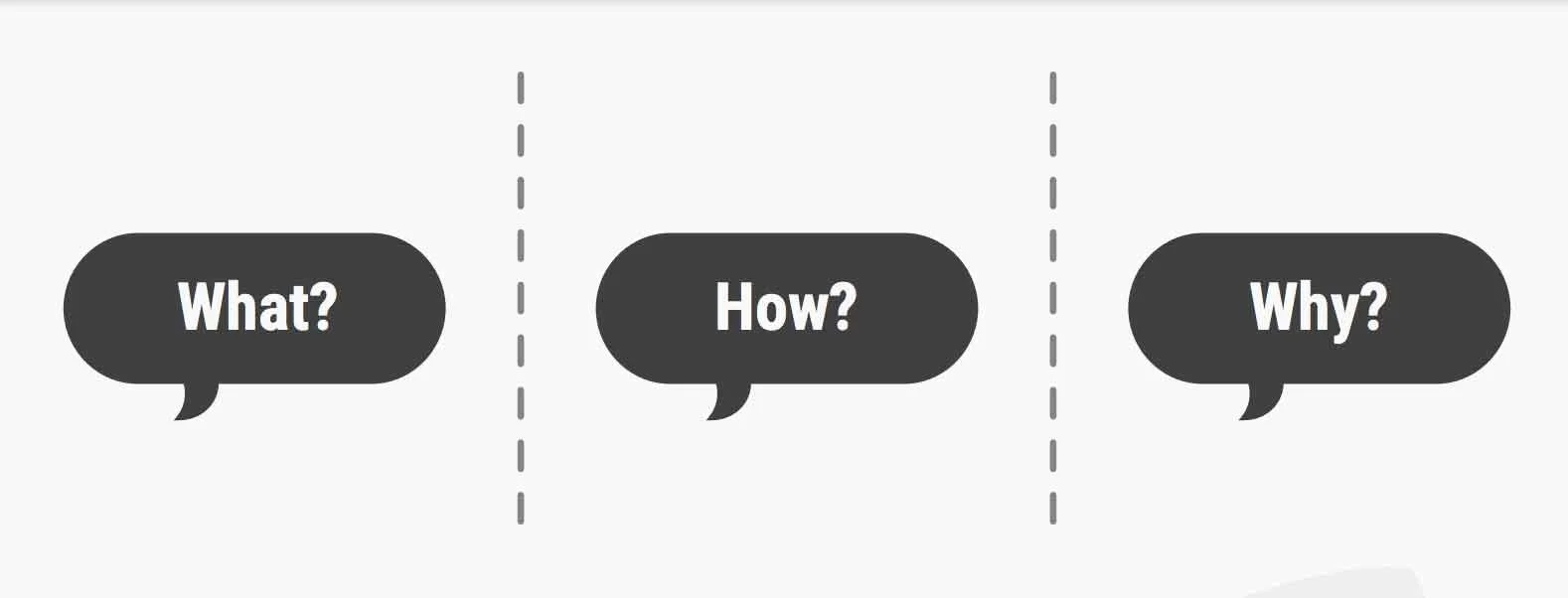The Best Empathic Methods for Meaningful Connections
It’s no secret that empathy is the key to happy users and customers. In a human-centric design process, it’s the first and arguably most important step in Design Thinking. It requires us to completely drop our own biases, opinions, and judgments and step into the shoes of another. Without truly understanding and comprehending your customers’ goals, emotions, and needs you cannot produce acceptable ideas and prototypes.
So, how does empathy help understand your customers?
First, let’s explore what empathy means.
What is empathy?
According to the Interaction Design Foundation, empathy is our ability to see the world through other people’s eyes, to see what they see, feel what they feel, and experience things as they do. Empathy helps us get as close as possible to walking in someone else’s shoes.
This is such a crucial step in the Design Thinking Process. Not only do we find out where the issues are but we also gain a deeper understanding of the user’s opinions, feelings, and emotions surrounding the issue. Without empathy, the solution or product is made with the designer in mind, not the user.
Plain and simple: An understood customer is a happy customer.
How do you use empathy?
In design, there are a variety of methods used to empathize with users. With so many methods how do you decide which one to use? Assessing the situation prior to beginning empathetic research. Every situation will have different circumstances, goals, and needs. But, here are some methods I think are the best.
Shadowing
Shadowing can be a super easy and effective way to connect with your user/customer. According to an article by Ale Wiecek, shadowing involves the researcher really immersing themselves into the lives of their customers and front-line staff for some time. It allows the designer to view the problems first-hand in real-world circumstances.
For this method, the role of the researcher is to observe the processes and schedules in place. Occasionally, they’ll ask questions or record videos and take notes. The key is to not be invasive. Oftentimes, you want to be as least noticeable as possible, so you can truly observe the normal process.
In the video below, PBS Newshour covers “Shadow-a-student-day”, where Principals shadow a student for the whole day to better understand and improve their experiences.
Throughout the process, Assistant Principal Karen Ritter was reminded of how many times kids are told to be quiet and listen among other things. She summed up the day by saying it was exhausting, hectic, and tedious. But, she also ended the day by saying “…in shadowing, throughout the day, you start to feel sorry for the students who are told over and over again to pay attention because you understand part of what they are reacting to is sitting and listening all day.”
Because of the first-hand experience with shadowing, student experiences during the day could improve, making their lives less exhausting, hectic, and tedious. When used correctly, shadowing can be one of the most effective methods for creating empathy.
Service Safari
Service Safari is a pretty cool method for connecting with others. The Service Safari method has the researcher experience a day in first-person or go “into the wild.” They spend a certain amount of time pretending to be the user and going about their daily lives like taking the bus to work, babysitting a child, or going to college lectures.
Below is a video demonstrating a service safari. Professor Rebekah Russell-Bennet spends the day traveling via public transportation. She records on her camera, commenting on the different aspects of her ride.
In my opinion, a service safari is a great way to truly experience what a user goes through on a day to day basis. It’ powerful and creates a valuable connection.
What-How-Why Method
Compared to other methods, What/How/Why provides a great jumping-off point to lead into further and more specific questioning. Image from Interaction Design Foundation.
According to the Interaction Design Foundation, the What-How-Why method is a tool that you can use while observing people to help you dive into your observations and derive deeper levels of understanding. As you move through the steps of What-How-Why, you dive deeper and deeper into the user’s behavior and the argument behind it.
The What: This is where you note the details of what is happening. What were they doing? Were they walking to school? Taking the bus to work? Dropping their child off at daycare? This is where the most concrete analysis is.
The How: This is where you try to describe how they are completing the action. How are they walking to school? Are they scared? Tired? Happy?
The Why: This is where you try to interpret the scene and explain the what and the how. Why were they scared walking to school? Because they have to cross a busy street? Is it a dangerous area?
The What/How/Why method is a great jumping-off point for more questions and connections. With the observations you’ve already collected, you can get to the core of the issues and challenges.
Conclusion
As designers, one of the most important parts of our jobs is connecting with the user. The design thinking process is human-centric. That’s why empathy is the first and most important stage. Dropping our own biases, judgments, and opinions and putting ourselves in another’s shoes is crucial in user experience design. But, it’s also something that should be an ongoing practice in our professional and personal lives.

